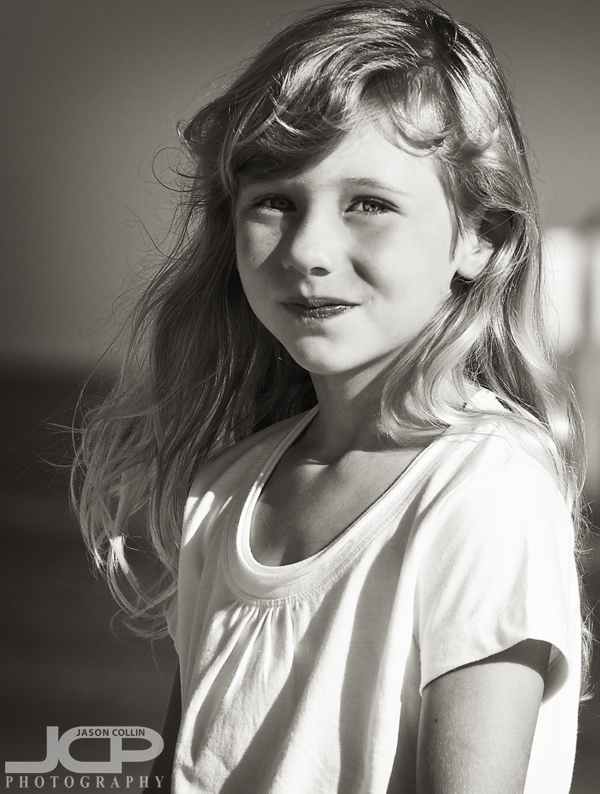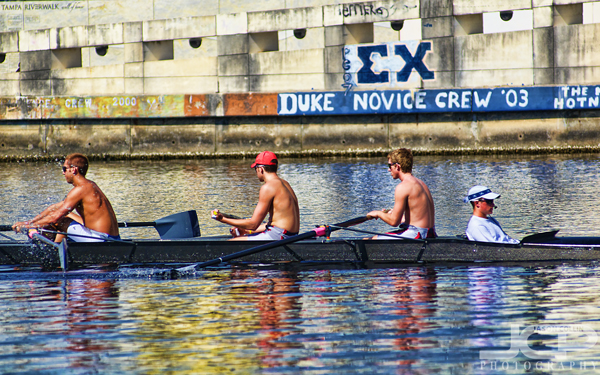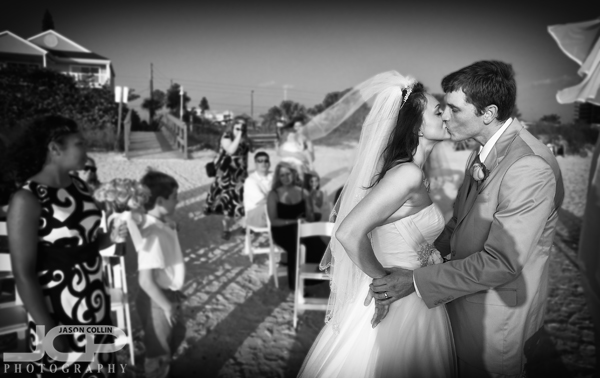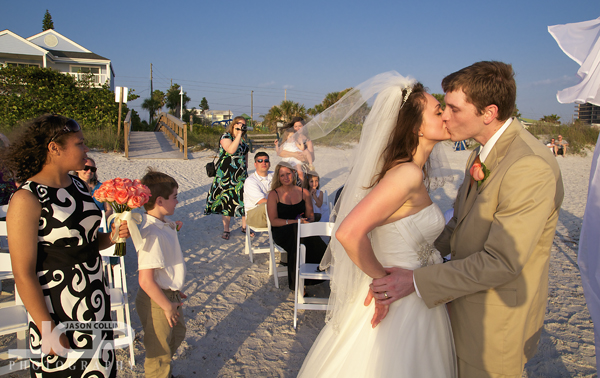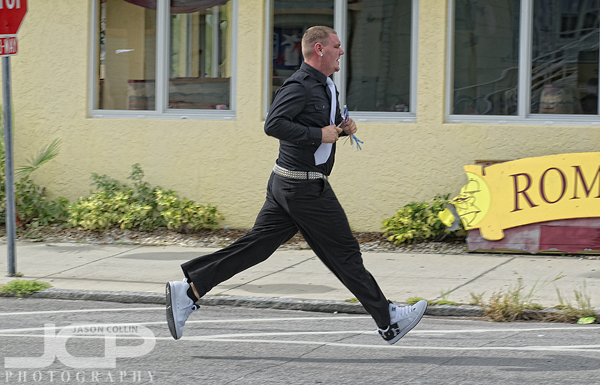 My camera was at the ready, so I could photograph this streaking ska dude
My camera was at the ready, so I could photograph this streaking ska dude
When you are out walking around with your camera in hand, both you and your camera should always be ready to shoot. I like to have a distinct mindset of either I am out to make photographs or I am not. If I am not, that usually means I am really not and have left my camera at home, like I did last Sunday when it was just Kiki and I quietly walking the paths of Sawgrass Lake Park. However, when I do have my camera with me, the lens cap comes off as soon as I step out of my car and only goes back on once I am back in the car. I never turn my Nikon D300 off while it is out of its bag. DSLR cameras use virtually no battery while in standby mode, so there is no reason to turn a DSLR off until it is back in its bag.
I teach DSLR photography lessons. Often when out on a first lesson with a student as we are walking to a different spot to practice something new, the student will not only have their camera off, but the lens cap on! I will point out something interesting passing by and say I would shoot that. However, the student will have no chance because her/his camera is not ready. I use such a situation to show students that one should never miss chances for photographs while one's camera is out. So I recommend that you always keep the camera on, the lens cap off, and your finger on the shutter.
You never know what might happen or who will pass by. Someone told me that Cameron Diaz was wondering around St. Petersburg recently. Imagine seeing her pass by but your camera is not ready! Or, you, yourself are not ready to take a shot because even though you have kept your camera on, you have switched your mindset away from photography.
I was photographing something entirely different when I noticed the ska dude above streaking across the street. He is not exactly Cameron Diaz, but if it had been her, I would have gotten the shot!


